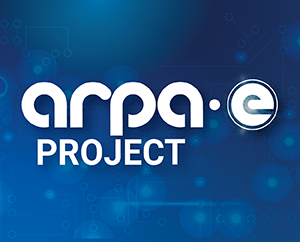The NASA Floater: 15 MW Ultra-light Concrete Hull with Sea-water Ballast Tuned Mass Dampers

Technology Description:
The University of Maine (UMaine) team will design an ultra-lightweight, corrosion-resistant, concrete FOWT equipped with NASA motion mitigation technology originally developed to reduce vibrations in rockets. UMaine proposes this technology to counteract FOWT motions, leading to lighter platforms, increased turbine performance, and a lower levelized cost of electricity (LCOE). The project will take a radical next step in the field of floating offshore wind while building upon UMaine’s 12 years of experience in successfully designing and deploying the first grid-connected FOWT in the U.S. The proposed technology applies CCD methodologies to find a new FOWT concept and significantly reduce the LCOE. The project will leverage the design, numerical modeling, and scale model testing capabilities of the UMaine Harold Alfond W2 Wind-Wave Ocean Engineering Laboratory to significantly advance this concept.
Potential Impact:
ATLANTIS projects will aim to develop new and potentially disruptive innovations in FOWT technology to enable a greater market share of offshore wind energy, ultimately strengthening and diversifying the array of domestic energy sources available.
Security:
Diverse, domestic energy resources can boost grid resiliency and reduce infrastructure vulnerabilities.
Environment:
Increased availability of affordable, reliable wind energy could lessen reliance on fossil fuels, reducing power sector emissions.
Economy:
Program developments in FOWTs could reduce the cost of wind energy production and provide an entirely new option for the offshore wind industry, as well as access to significant wind resources near major population centers on U.S. coastlines.
Contact
ARPA-E Program Director:
Dr. Mario Garcia-Sanz
Project Contact:
Dr. Anthony Viselli
Press and General Inquiries Email:
ARPA-E-Comms@hq.doe.gov
Project Contact Email:
anthony.viselli@maine.edu
Related Projects
Release Date:
01/31/2019
